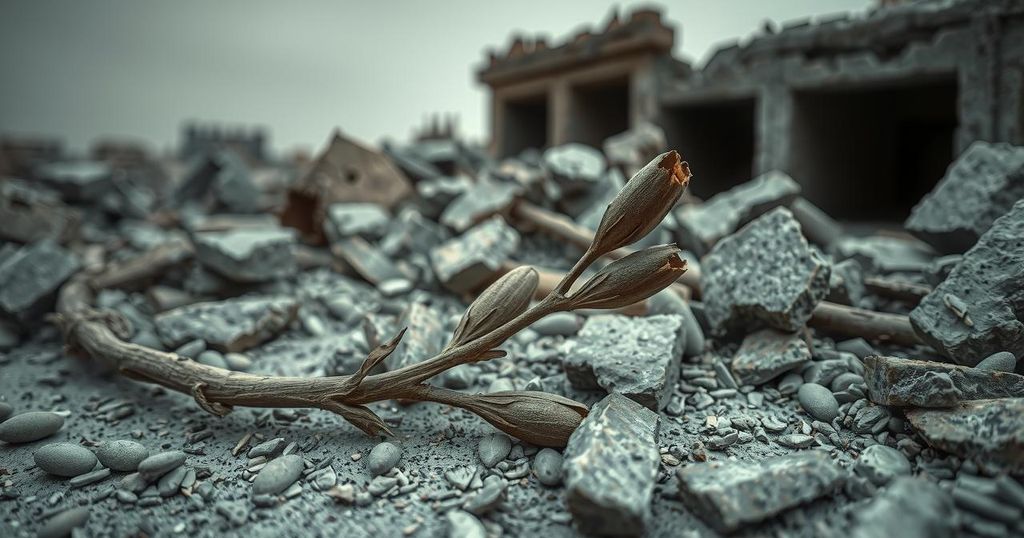Bashir Abazayd: The Catalyst Behind the Syrian Uprising
Bashir Abazayd is recognized as the catalyst for the Syrian uprising against President Bashar al-Assad. His act of spray-painting anti-government graffiti in 2011 triggered protests that escalated into a civil war. Despite aspirations for democracy, the conflict has led to significant humanitarian disasters, foreign interventions, and tragic loss of life, with changes in control seen in pivotal moments such as the recapture of Daraa.
Bashir Abazayd is regarded as a pivotal figure behind the Syrian uprising against President Bashar al-Assad. His courageous act of rebellion in Daraa ignited a conflict that ultimately transformed the Middle East and resulted in a prolonged humanitarian crisis. It all began in early 2011 when Abazayd was accused of spray-painting anti-regime graffiti at a local school, challenging the oppressive authority of the Assad regime, which had been in power for over 40 years.
The slogan he painted, “It’s your turn, doctor. Freedom,” echoed the sentiments of the Arab Spring and catalyzed widespread protests across Syria. Initially, he denied his involvement but later acknowledged his role, recognizing his actions as a response to the desire for change inspired by uprisings in neighboring countries. Although no official records confirm his detention, he is listed among the youth arrested in connection with the graffiti by the Daraa Martyrs Documentation Office.
In the wake of Abazayd’s actions, protests erupted in Daraa, demanding the release of detained youths. This culminated in the tragic shooting of two protesters by security forces on March 18, 2011, marking what many consider the initial fatalities of the burgeoning uprising. The situation rapidly escalated into a civil war, drawing various factions, including foreign entities, into the fray and complicating the conflict significantly.
Reflecting on the origins of the uprising, Abazayd spoke of the initial hope for democracy, stating, “We thought it’s a wave and we’re part of this wave.” Despite their ambitions, foreign powers soon intervened, aligning with either the Assad regime or the disparate rebel groups. As the war progressed, untold suffering ensued, with casualties and displacements reaching staggering numbers.
The conflict’s dynamics shifted dramatically following Russia’s military engagement in 2015, which fortified Assad’s position. A critical moment occurred in July 2018 when Syrian forces reclaimed Daraa, raising the national flag and reinforcing their control over the key border crossing with Jordan. This marked a significant turn in the war, signaling diminished hopes for change and the grim reality of sustained violence in Syria.
The narrative of Bashir Abazayd highlights how a single act of defiance can ignite a monumental conflict. His graffiti launched a wave of protests that spiraled into a devastating war, amidst discussions of democracy and change. Despite initial hopes, the Syrian conflict has resulted in immense suffering, foreign intervention, and a loss of lives, underscoring a complex and tragic chapter in modern history.
Original Source: www.newsx.com




Post Comment